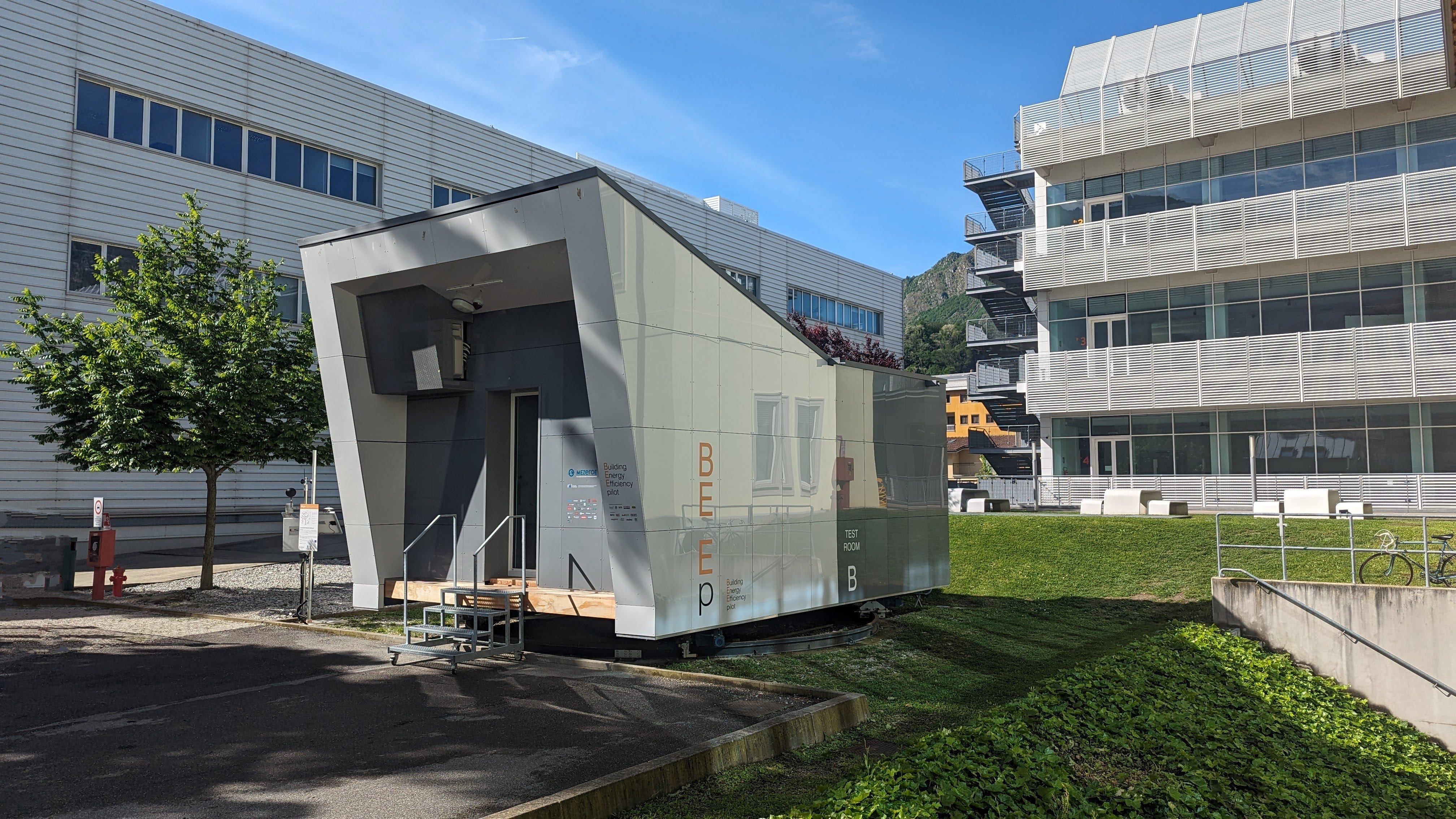
Some of the highest thermal energy losses from a building are through its envelope systems and components. These thermal losses contribute significantly to the energy used by HVAC systems and, in turn, the energy bill and carbon footprint of the building. The best way to assess how well a building or solution is performing on the thermal point of view is a specifically studied combination of different activities, such as airtightness tests, and thermal, heat flux and hygrothermal monitoring.
The interaction between the building envelope and all the interior and exterior boundary conditions determines the hygrothermal properties of a building. Monitoring the hygrothermal behavior of a building is essential for the development of solutions that would avoid critical conditions, improve hygrothermal comfort and reduce energy consumption.
Within the PM&VL6, the hygrothermal performance of the different multilayer dry building envelope systems is monitored through specific pieces of equipment:
(i) air temperature and relative humidity sensors;
(ii) microclimatic stations.
Objective
The objective of the proposed hygrothermal monitoring is to assess the hygrothermal behavior of different envelope solutions and components according to the varying environmental conditions.
Scope of application
Generally speaking, the proposed monitoring is applicable to any multilayer envelope product, component or solution. Although, in order to have more accurate and relevant measurements, it is recommended to install full-scale solutions or to apply products and components as diffusely as possible.
Design of experiment
The monitoring activity will be planned according to the needs of the client. It is usually scheduled on the medium-/long-term, in order to assess the performance of the solution under different environmental conditions.
Testing sample
Full-scale, to be furtherly specified according to the relevant envelope component (e.g., wall, roof) and to the respective installation method. For example, as refers to opaque components, the BEEpilot prototype fits:
(i) full-scale façades with a total width of 2.5 m, and a total height of 3.0 m;
(ii) full-scale roofs with a total width of 2.315 m, and a total height of 2.76 m.
General characteristics
A preliminary assessment (e.g., typology and positioning of connections and joints, overall weight) is required for a proper installation of any mockup on the existing structure/substrate of the prototype.
Outputs
The documentation that the client receives consists of a report with details, observations, pictures, test schemes and test results.
